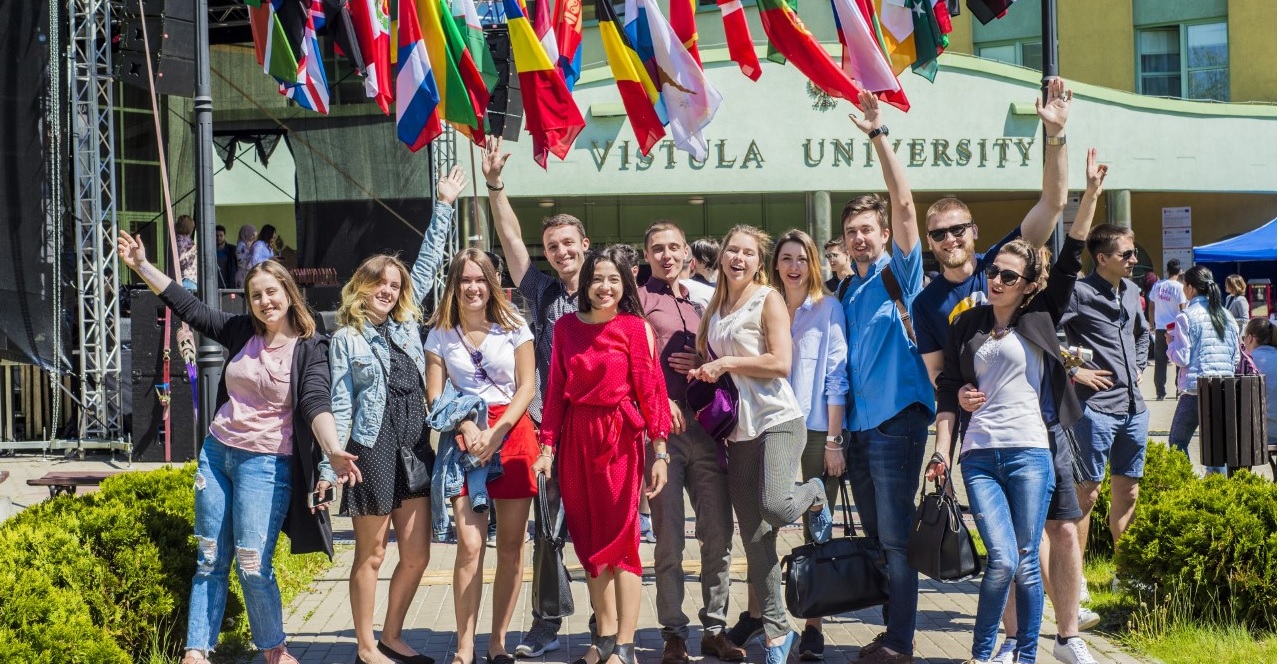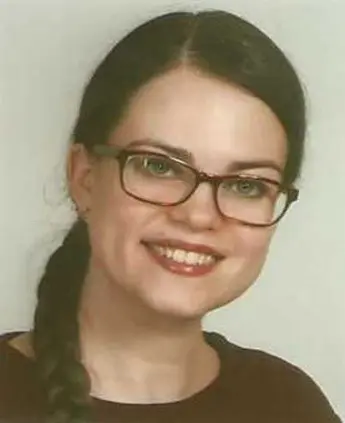An interview with Karolina Czępińska, professor of Spanish at Vistula University, about breaking stereotypes, maintaining fluency, and why machine translation will never replace human curiosity.
Alina Zozulia: What made you fall in love with teaching Spanish, and what keeps it exciting for you?
Karolina Czępińska: I first fell in love with teaching Spanish because of its rich culture. From my early teenage years, I was captivated by its literature and cinema. But the moment I was truly transfixed by a work of art was when I saw Luis Buñuel’s film El discreto encanto de la burguesía. He is an iconic Spanish director, famous for the complex layers in his films. I never get tired of rewatching this film; there is always something new to discover. Buñuel’s surrealism and his exploration of societal structures reflect the very spirit of the Spanish language: vibrant, dynamic, and capable of sparking change. I would even go as far as to say that whenever I need to reinvigorate my passion for teaching, I watch his films. They remind me of the essential truth about teaching Spanish: it isn’t just about the mechanics of language; it’s about conveying rich cultural complexity, which Buñuel captured so brilliantly. Another thing that keeps me excited is seeing the sparkle in students’ eyes when they begin learning the language and appreciate the depth and complexity of this challenging process.
AZ: How do you keep your own Spanish sharp and evolving outside the classroom?
KC: To keep my Spanish sharp, I make it a point to immerse myself in the language beyond teaching. I am a voracious reader of Spanish literature, ranging from contemporary works to news articles. I find it essential to stay updated on current events in Spanish-speaking countries. A lighter, more entertaining approach that I enjoy is watching Spanish-language films and TV shows, which helps me maintain a connection to various dialects and regional expressions. Additionally, conversing with native speakers is crucial. Nowadays, there are many opportunities to do so easily and efficiently, often remotely. There are numerous online language exchange groups and events in Warsaw that I attend with great pleasure, ranging from concerts to art exhibitions by Spanish-speaking artists.
AZ: Do you have a favorite Spanish word that can’t be directly translated into English or Polish?
KC: “Sobremesa” is certainly my favorite Spanish word, and it’s a pity there’s no perfect one-word translation, neither in English nor in Polish. Essentially, it means the time spent sitting around the table after a meal, talking and enjoying each other’s company. It reflects the Spanish value of slow, meaningful conversation.
AZ: With artificial intelligence and machine translation improving, what do you think the role of language learning will be in 10–20 years?
KC: This is a truly complicated matter. I don’t know if anyone can give a definitive answer to this question; I wouldn’t go so far as to say that I have one. Having said that, I believe AI and machine translation will never fully replace the need for human interaction and cultural context in language learning. The way I see it, in 10–20 years, language learning will shift more toward cultural immersion and communication skills, with technology playing a supporting role. I’m not saying AI won’t play any role; that would be an absurd statement. It might help with translating some basic texts or grammar, but I’m convinced it can’t capture all the intricacies of real-life conversations or the emotional connection that comes with speaking a language.
AZ: Of all the erroneous stereotypes about Spanish-speaking countries, which one is the most common in your experience?
KC: In my experience, the most widespread stereotype or misconception is that all Spanish-speaking countries are the same. For some reason, people tend to generalize everything, especially when talking about something foreign and unknown. Many of my students over the years have grouped all Spanish-speaking countries under one umbrella. However, this view of the Spanish-speaking world couldn’t be more misleading and erroneous. I can’t put into words how staggering the diversity within the Spanish-speaking world is. When studied more closely, one sees that each country is unique in many ways, from dialects to regional customs, music, and food.
When it comes to the language specifically, Spanish is not spoken the same way everywhere. Not only the accent but also vocabulary and grammar differ. That is fascinating, with all its details and intricacies. I see it as my mission as a teacher to encourage my students to appreciate the rich variety and complexities of each country’s culture and language and to point out how inaccurate it is to reduce them to a homogeneous idea.
Interview by Alina Zozulia
Photo: public domain


